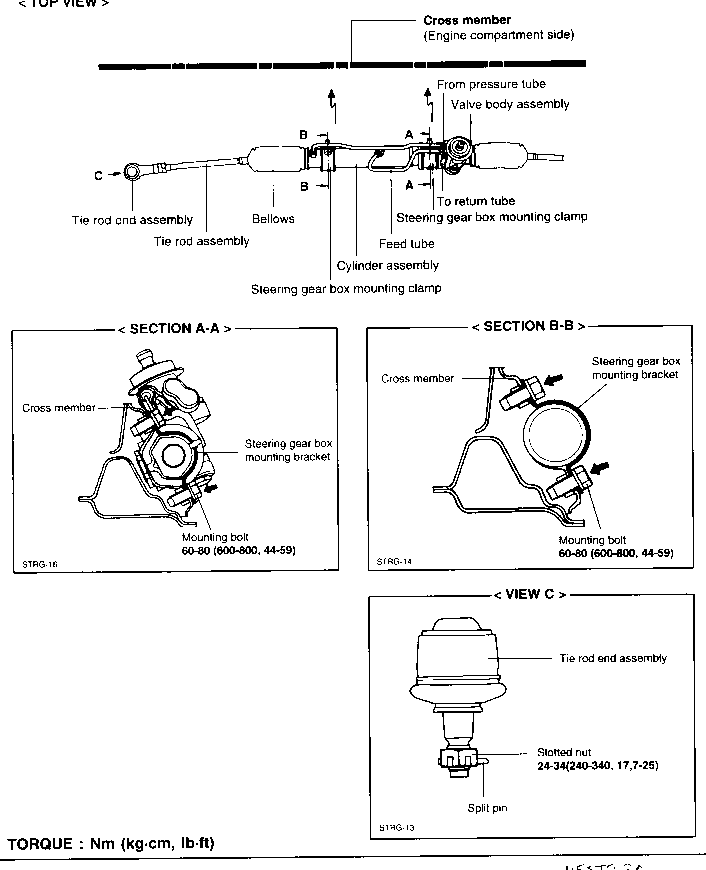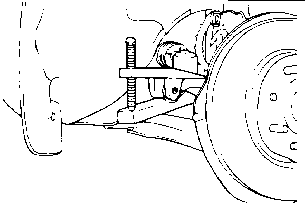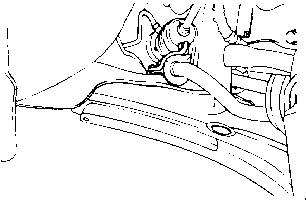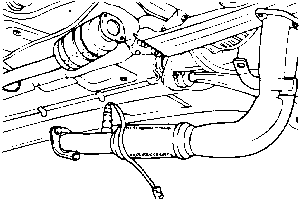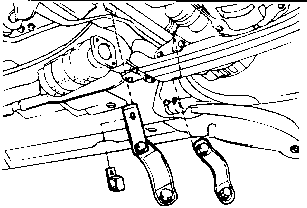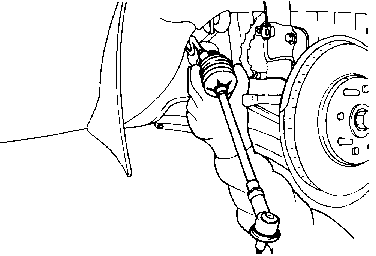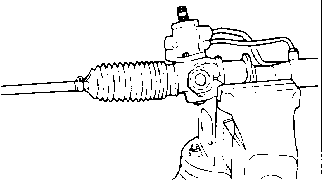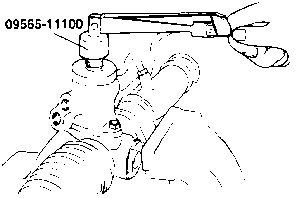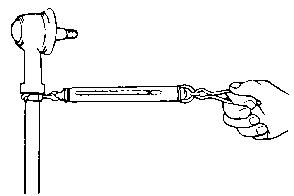INSPECTION AND ADJUSTMENT PRIOR TO DISASSEMBLY
Mount the gear box in a soft jawed vise.
NOTE
Do not tighten the vise on the gear housing, use the mounting section of the rack to secure it in the vise.
Total Pinion Preload
-
Rotate the pinion gear for approximately 4 to 6 seconds for one rotation to confirm the total pinion preload.
| TORQUE SPECIFICATION |
| Total pinion preload [Standard value] |
0.6-1.3 Nm (
6-13 kg·cm,
5.2-11.3 lb·ft )
|
NOTE
Measure the pinion preload through the entire stroke of the rack.
-
If the measured value is out of specifications, first adjust the yoke plug, then re-check the total pinion preload.
-
If the yoke plug adjustment does not obtain the total pinion preload, check or replace the yoke plug components.
Tie Rod Swing Resistance
-
Give 10 hard swings to the tie rod.
-
Measure the tie rod swing resistance with a spring scale.
Tie rod swing resistance [Standard value] 8-22 N (1.9-4.6 lb) [2-5 Nm (20-50-kg.cm, 17-43 lb-in.)]
-
If the measured value exceeds the standard value, replace the tie rod assembly.
NOTE
Even if the measured value is below the standard value, a tie rod that swings smoothly without excessive play may be used. If the measured value is below 4.3 N (0.9 lb)[100 Ncm (8.7 lb.in.)], replace the tie rod.
Bellows Inspection
-
Inspect the bellows for damage or deterioration.
-
Make sure the bellows are secured in the correct position.
-
If the bellows are defective, replace them.
